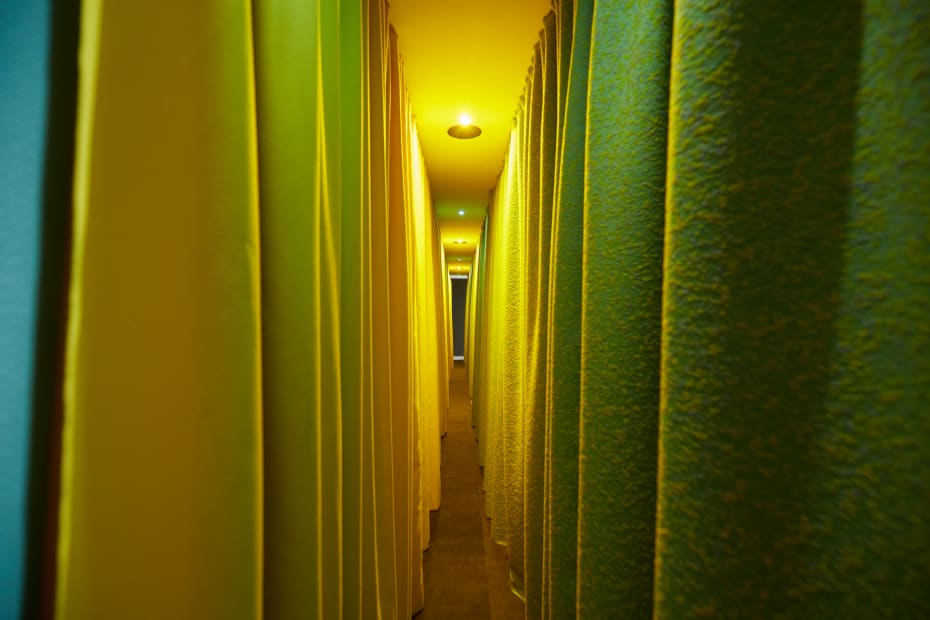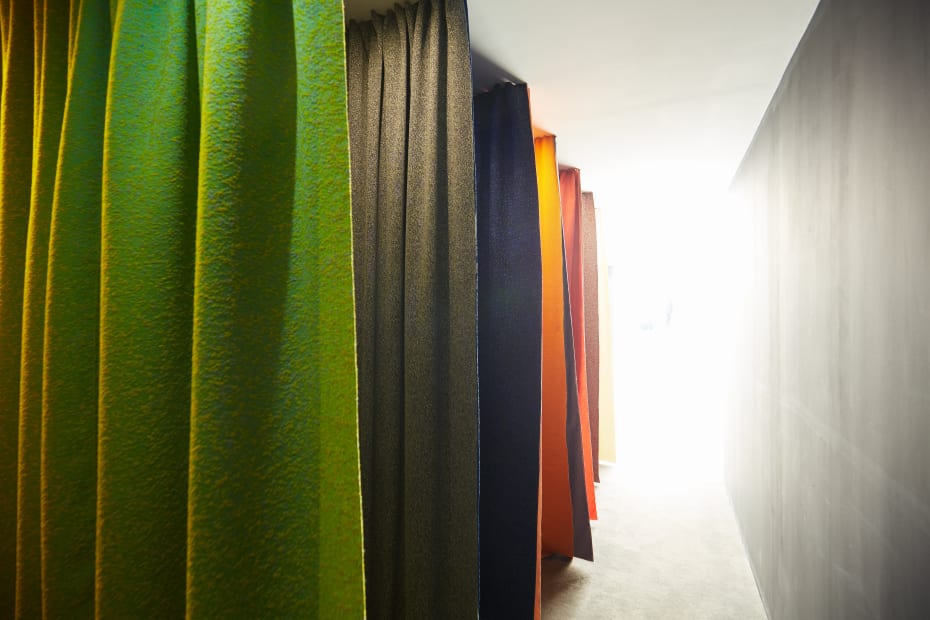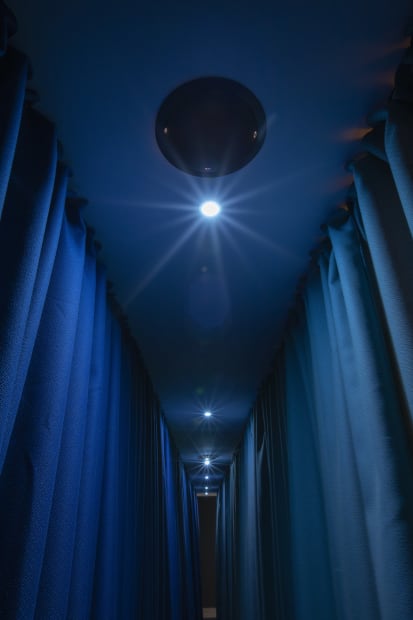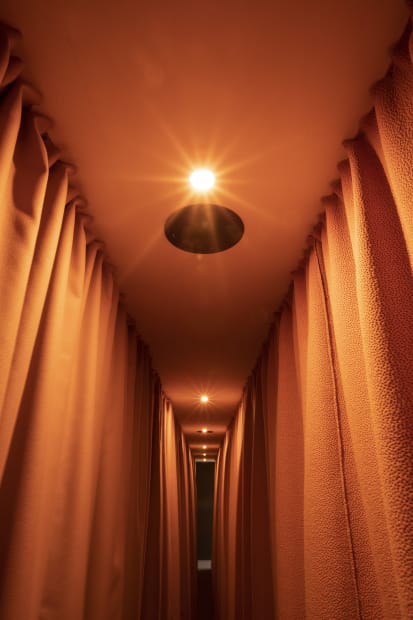LUNAR PHASES: Liu Shiyuan and Bibi Zhou: UCCA, Beijing, China
“Lunar Phases” features five leading Chinese contemporary artists collaborating with singer and cultural figure Bibi Zhou (b. 1985, Changsha), creating art that engages with her work and significance as an icon for China’s “Post-80s” (millennial) generation. The exhibition expresses five distinct moon phases through five different spaces constructed within UCCA Lab. The 5 moon phases not only establish the spatial relationship between the different components of the exhibition, but their trajectories of light and shadow also guide viewers through their experience of the gallery hall.
For the exhibition, the artists Liang Chen (b. 1987, Dandong), Liang Manqi (b. 1986, Guangdong province), Liu Shiyuan (b. 1985, Beijing), Miao Ying (b. 1985, Shanghai), and Tao Hui (b. 1987, Chongqing) worked together with Bibi Zhou to explore new ways of creating art. The five artists first presented their varied analyses of the contemporary era, touching upon themes such as aesthetics, technology, identity, emotion and imagination, and space and order. Zhou then incorporated her own expertise into their creative process, through mediums such as singing, songwriting, and performance. Either as a direct participant or subtle influence, Zhou stands at the center of each work. With regards to her own identity, at a young age she was already a celebrity across multiple industries; the story of her journey to adulthood is in itself a reflection of China’s recent urban development, a story that is centered on mass culture but also branches out to other sectors. She can be seen as product of today’s culture and society as a whole, yet has also actively pushed to shape and deepen her audience’s perception of the world, not only through her music, but also her affinity for photography. Her most recent album, released in the summer of 2019, which explores women’s consciousness, showcases a notable shift in her recent work and also echoes recent developments in contemporary art. Under the moonlight, the exhibition is not just a mirror image of the world, but also a reflection on how visual identity is shaped and situated today.
By drawing together popular culture and contemporary art, “Lunar Phases” poses questions about how we view both fields. For instance, under capitalist circulation and social media saturation, how do we view pop singers and artists differently as creative entities? How are artists, in essence, different from songwriters or performers? When a singer-songwriter enters the museum world, the artists they collaborate with also shift their role from listener to collaborator. This mutual exchange is an experiment in hybridity, producing a new experience for the audience that bridges two cultural experiences. Challenging systems and structures, this “new” experience becomes meaningful for both its creators and viewers.




